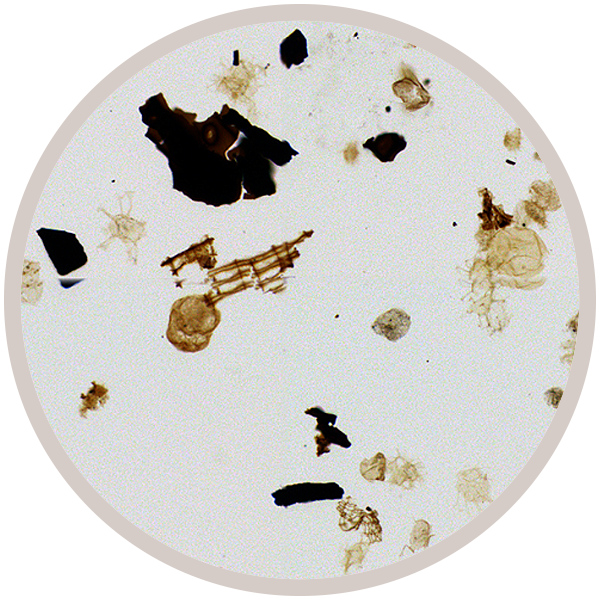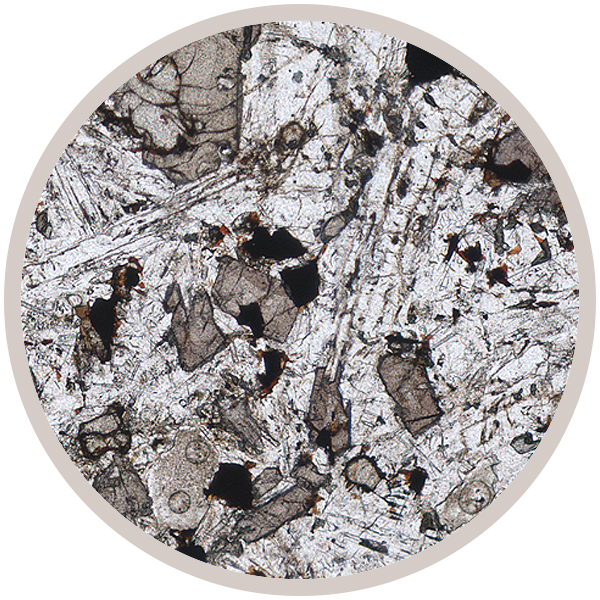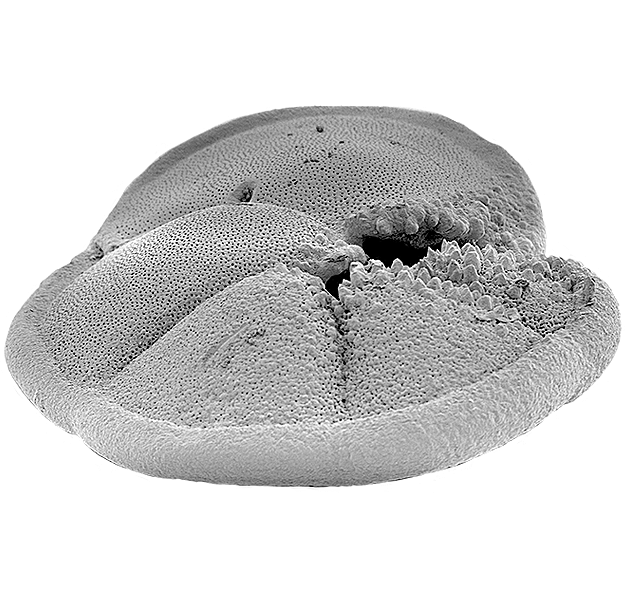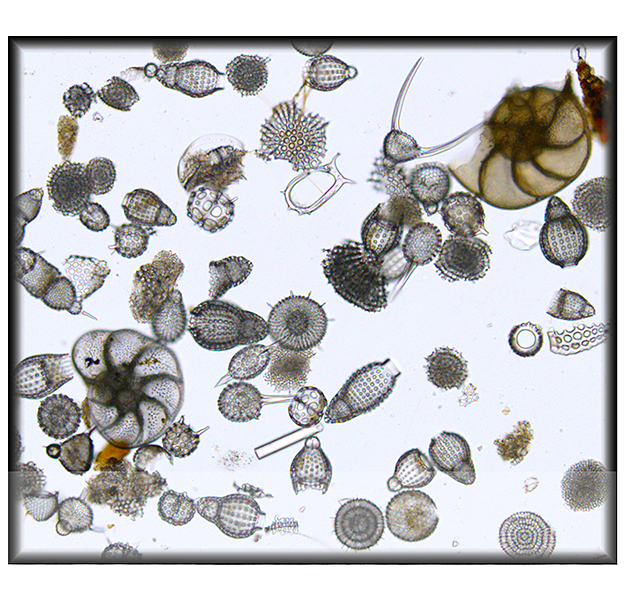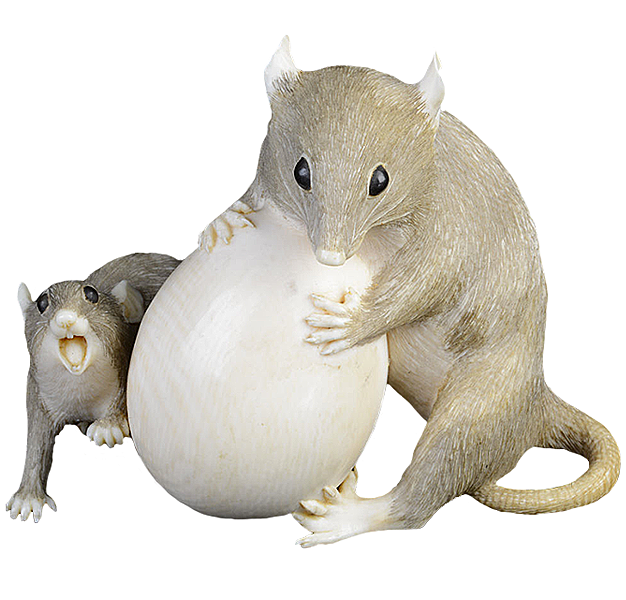
Fact sheet
A small ivory carving, known as an Okimono, of two rats with an egg. It would have been carved in Japan in the middle of the 1800s. Okimono were purely decorative items, made mainly for the Western market. Part of the Japanese Collection from the Royal Cornwall Museum in Truro, Cornwall.
The object is 9 cm tall.
Cabinets of curiosities were personal collections of natural and man-made objects displayed in a single cabinet.
It was a fashion that reached its peak in the seventeenth Century, but something that is returning in modern times as uncategorised virtual or travelling physical exhibits, sometimes crowd sourced and changing. The original cabinets of curiosities were the personal and often idiosyncratic collections of wealthy owners, and their main function was to provoke a sense of curiosity and wonder in the viewer. Our Cabinet of Curiosities is a collection of curious things that we came across in museums, and a few things we've found in mineral shows. There isn't a learning objective – they're just interesting.
Sample details
More from this collection
